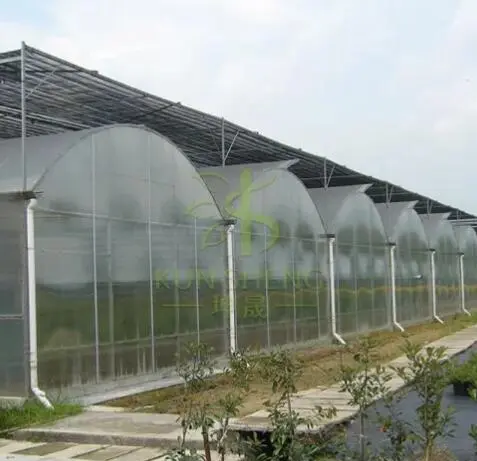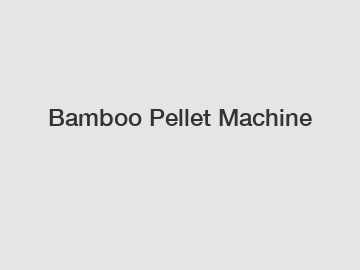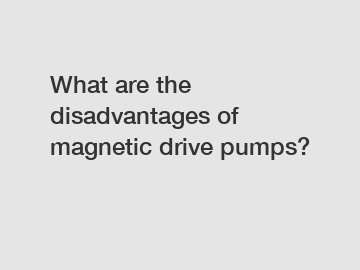Everything You Should Know about Multi-Span Greenhouse
A multi-span greenhouse is a versatile and advanced structure designed for agricultural purposes, allowing controlled cultivation of crops in a protected environment. Unlike traditional greenhouses, multi-span structures feature multiple connected bays or spans, providing a larger and more adaptable growing space. Here's a comprehensive guide covering the key aspects of multi-span greenhouses.
1. Structure and Design:
Frame Materials: Multi-span greenhouses typically have frames made of durable materials like galvanized steel or aluminum. These materials provide strength and resistance against corrosion.
Covering Materials: The covering materials can include polyethylene film, polycarbonate panels, or other translucent materials. These materials facilitate light penetration while offering insulation and protection.
2. Advantages of Multi-Span Greenhouses:
Increased Growing Area: The multiple spans allow for a larger growing area compared to single-span greenhouses, making them suitable for commercial-scale farming.
Adaptability: Multi-span greenhouses offer flexibility in terms of crop selection, cultivation methods, and environmental control. They can accommodate various crops with different temperature and humidity requirements.
Efficient Use of Space: The design optimizes space utilization, providing a higher crop yield per square meter compared to traditional open-field cultivation.

3. Environmental Control:
Temperature Regulation:Commercial Multi-span greenhouses are equipped with ventilation systems, shade curtains, and heating systems to regulate internal temperatures, creating an ideal environment for plant growth.
Humidity Control: Automated systems manage humidity levels to prevent excessive moisture, minimizing the risk of diseases and promoting a healthy growing environment.
Recommended article:The Benefits of Using Shipping Container Hydroponics: A Sustainable Solution for Urban Farming
Revolutionizing Manufacturing: Lost Foam Casting Explained, Which is The Next Big Thing in Industry?
How to Choose a Dust Removal Machine?
How Does Cryptocurrency Trading Work?
What are essential considerations for lost foam casting?
How to improve flip casting technique?
How to Use Sand Temperature Regulator Efficiently?
Lighting Systems: Supplemental lighting systems can be integrated to extend daylight hours, particularly in regions with limited sunlight during certain seasons.
4. Irrigation Systems:
Drip Irrigation: Many multi-span greenhouses employ drip irrigation systems, delivering water directly to the plant roots. This method conserves water, reduces the risk of disease, and ensures efficient nutrient uptake.
Fertigation: The integration of fertigation systems allows simultaneous application of water and fertilizers, providing precise control over nutrient delivery to the plants.
5. Crop Management:
Vertical Farming: Some multi-span greenhouses incorporate vertical farming techniques, utilizing vertical space to maximize the number of crops grown. This is especially beneficial for high-value crops.
Automation and Monitoring: Advanced multi-span greenhouses may feature automated systems for tasks such as climate control, irrigation, and monitoring. These systems enhance operational efficiency and reduce labor requirements.
6. Economic Considerations:
Investment Costs: While multi-span greenhouses may involve higher initial costs compared to traditional open-field farming, the potential for increased yields and crop quality often justifies the investment.
Return on Investment: The controlled environment and extended growing seasons contribute to higher crop yields, leading to a potentially faster return on investment for greenhouse operators.
Conclusion: In summary, multi-span greenhouses for sale represent a significant advancement in modern agriculture, offering a controlled and efficient environment for crop cultivation. Their adaptability, environmental control features, and economic benefits make them a popular choice for commercial growers seeking sustainable and high-yield farming solutions. As technology continues to evolve, multi-span greenhouses are likely to play an increasingly crucial role in global food production.
Overview of DIN Standard Hydraulic Fittings
Colloidal Silica vs. Fumed Silica
4 Advice to Choose a Hydroponic Feeds
10 Questions You Should to Know about interlock hose fittings manufacturer
Hydrophobic silica
Sand Temperature Regulator vs Traditional Cooling Methods: Which Is Better?
5 Must-Have Features in a Plastic Steel Syringe factory









Comments
0